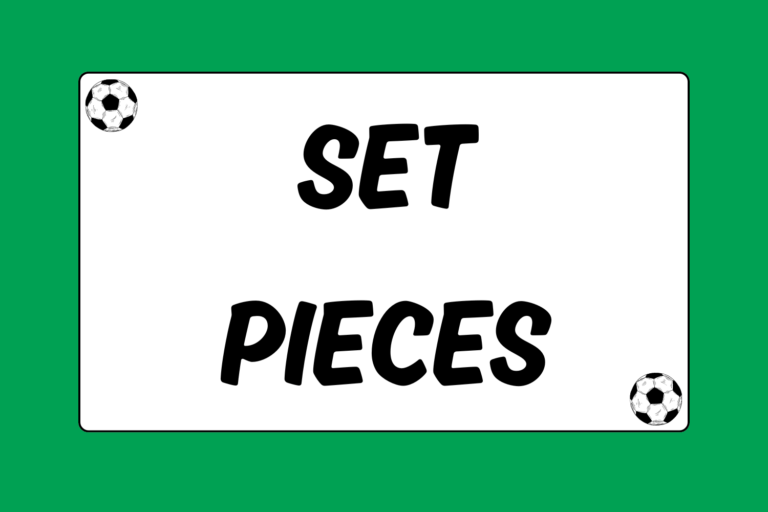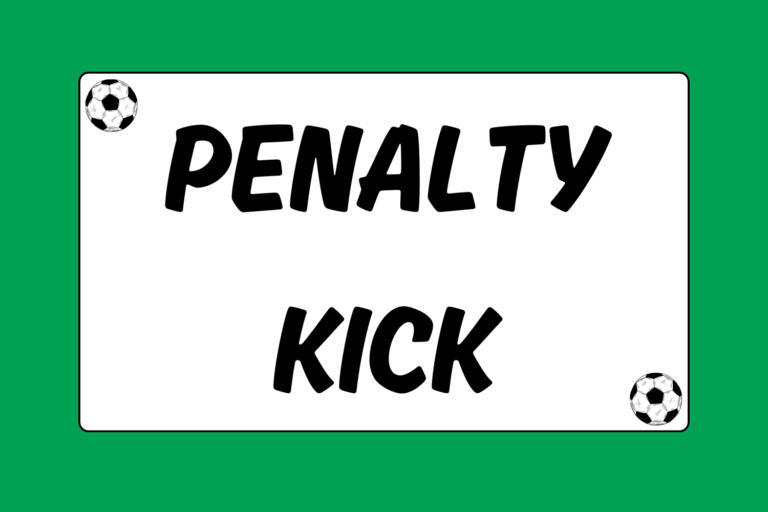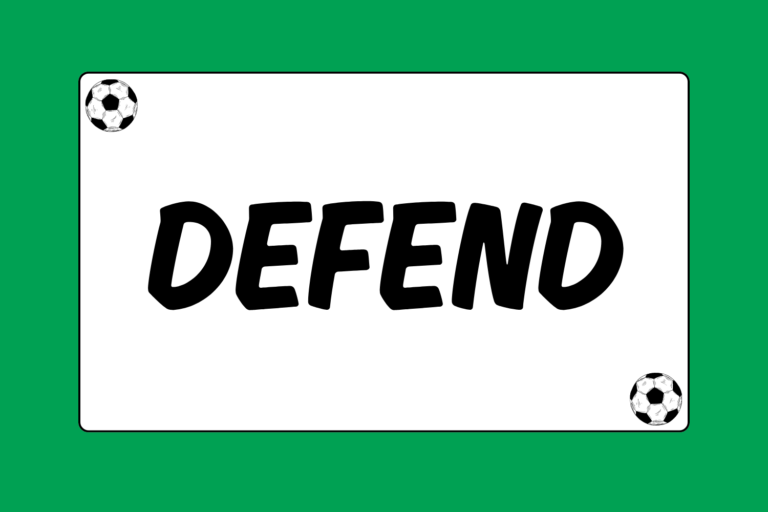In most soccer games, the team that is able to control the middle of the field usually wins. As a result, the midfielder position critical to success; for this reason, many coaches put their best players at the midfield positions. This guide looks at what it takes to be a successful midfielder.
The Dual Position
The key to playing midfield is versatility: Midfielders have to be solid defenders who can help out on the back line and skillful enough to jump into the offensive attack. While some coaches stress that midfielders should think defensively first, they should also be able to quickly cycle the ball forward after dispossessing an attacker.
Good midfielders have to be both feisty and creative. The defensive line will need the feistiness to help stop aggressive attacks from the opposition, while the forwards will need creative support to make space and set up scoring chances.
And if that doesn’t sound difficult enough, here are several additional qualifications a midfielder should possess:
- Be the fittest players on the field: The demands of the position require more running than other soccer positions, and maybe more than any position in organized sports.
- Be creative passers: Midfielders must survey the offense and find open teammates to set up attacks. Making clever passes from the midfield can lead to a forceful offensive attack.
- Recognize their teammates’ roles: The midfielder should be smart enough to get the ball to speedy wingers, and quick enough to cover for a defender who has made a foray into the offensive zone.
- Have great technical skill: This includes ball-handling and dribbling when being closely marked. Being able to pass and dribble out of trouble is essential in the midfield.
A developing midfielder should work on defensive skills, especially the ability to stop opponents one-on-one. He also must develop a crisp passing technique, and the dexterity to dribble around traffic while scanning the field for an open teammate. Working on these talents through drills and practice is the right place for young midfielders to start.
Mental Edge
The best midfielders believe that they own their portion of the field. They work with other midfielders who – together – believe that the entire middle third of the field is theirs as a unit. This should be the goal for any group of midfielders.
Midfielder Roles
Coaches have to be sure that each midfielder has a clear understanding of his responsibilities on the field. Those responsibilities will depend on the formation that is being used, as well as the conditions of the game. That said, there are a few general guidelines regarding each specific midfielder position:
Center Midfield
Center midfield might be the toughest position in all of soccer. Many coaches put their best athletes at center midfield, because they spend a good deal of time in close proximity to the ball.
The center midfielder is in a position to see the entire field, which is crucial for setting up attacks and continuing the team’s forward momentum. However, like his defensive teammates, the center midfielder has the responsibility of getting back on defense and clogging the middle of the field.
Defensive Midfielder
In four-man midfield formations, a defensive midfielder will occupy the space in front of the defensive line. He often plays like a sweeper, marking the opponent’s best forward. He’s usually a sturdy player – able to deliver tough defense and tackling against the opposing team:
- He must serve as an outlet for passing when the defense recovers the ball
- He must stop center attacking (which is most often the way offenses move the ball downfield at the youth level).
- He must cover any offensive player streaking across the center of the field above the penalty area.
- He must be able to connect on long crossing passes to set up the offense.
You know a defensive midfielder’s presence is being felt when the other team uses the wings to get the ball downfield.
Wing Midfielders
Wingers are usually the fastest players on the field, able to quickly follow the ball into the offensive zone or sprint to get open for long crossing runs. Wingers take advantage of open space along the sideline, and even in the corners. They give the typical four- or five-man midfield formation flexibility by moving forward when a team needs more offense, or sagging toward the defense to mark a tough offensive team.
Hot Tip: Watch & Learn
A great way to learn the roles of each position is by watching professional soccer games on television. Pick out the player in the role you want to learn, and watch his movements throughout a game. Pay attention to the space he tends to occupy and they way he recovers defensively when the ball is turned over.
Passing Skills
Midfielders must be excellent passers, able to find open teammates and make timely, accurate passes. Drills that encourage players to pass the ball up field, instead of dribbling through traffic, are a great tool to develop the right mindset to play in the midfield.
One-two Passing
In this two-on-two drill, a dribbler (Player A) and a teammate (Player B) work the ball downfield against consecutive defensive players by passing in a quick one-two fashion.
- As Player A approaches the first defender, he passes laterally to Player B, who is running alongside.
- Player A slides behind the defender as he turns to mark Player B.
- Player B makes a one-touch return pass to Player A into open space, so that Player A can control the pass in stride.
- Player A passes again to Player B as he dribbles toward the second defender. He again slides behind the second defender to receive a one-touch return pass.
Hot Tip: Look for Space
When passing, use the empty space on a field to help a player get open. If the players nearest you don’t seem to be open, you can often pass into the open field and let players run to gain control. This is especially true along the wings and in the corners.
A Learning Experience
The midfield position is great to for beginning players to learn because requires build a well-rounded skill set. Midfielders have to constantly defend, dribble, pass, shoot, and even score; learning the midfield position will help you improve at many parts of the game at once.





